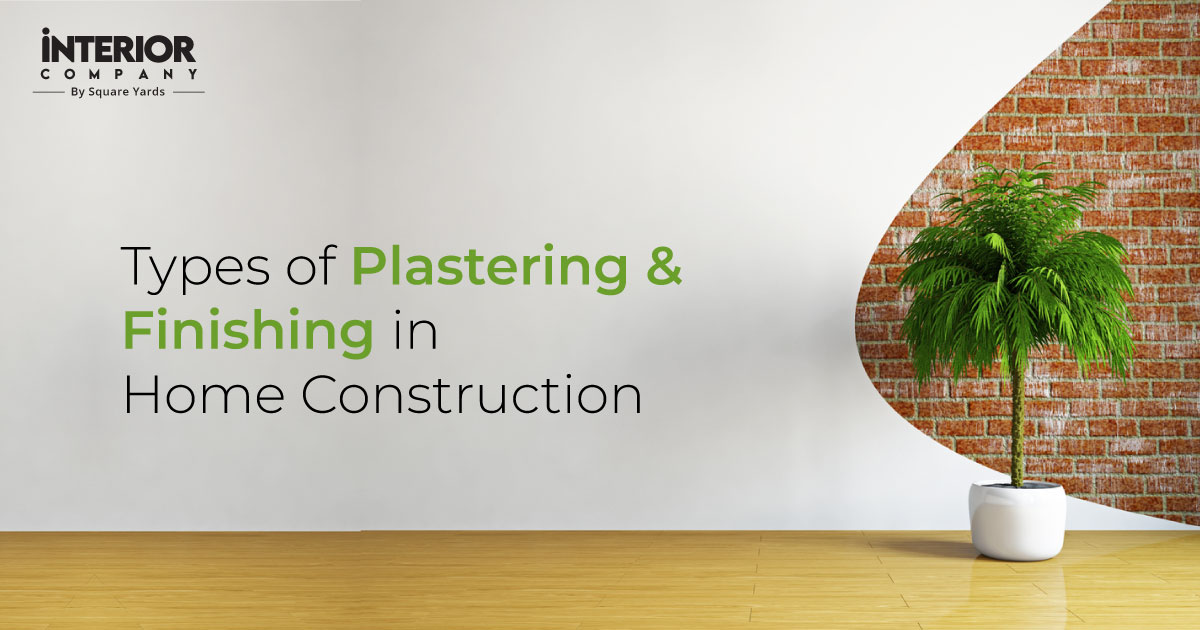Objectives of Plastering
- Make external surfaces impermeable against rainwater penetration and other atmospheric influences.
- Plaster creates a decorative effect and improves the aesthetics.
- Plaster provides an even, smooth, regular, clean, and durable finishing surface.
- It conceals defective workmanship and covers up the inferior quality and porous materials.
- It provides a smooth base or ground for decorating the surface by applying whitewashing, colour washing, or painting.
Also Read: What are the Types of Plumbing Pipes Used in Construction
Types of Plaster
The selection of plaster depends upon the availability of material, durability, weather conditions, and finish.
1. Lime Plaster
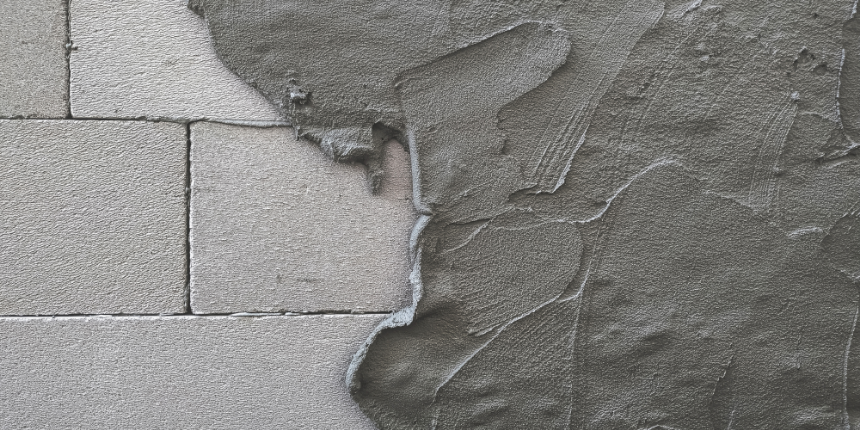
- When lime forms the building material, the finished plaster is lime plaster. It is a composition of hydrated lime, sand and water.
- Mortar for lime plaster is usually prepared by mixing sand and lime in equal ratios. Sometimes, cement in small quantities is added to improve the strength of the plaster.
- Moreover, to improve the binding properties of lime plastering, Gugal( a kind of fragrant gum) and chopped hem of about 1.60 kg/m3 and 1 kg/m3 of mortar are added to the mixture.
2. Cement Plaster
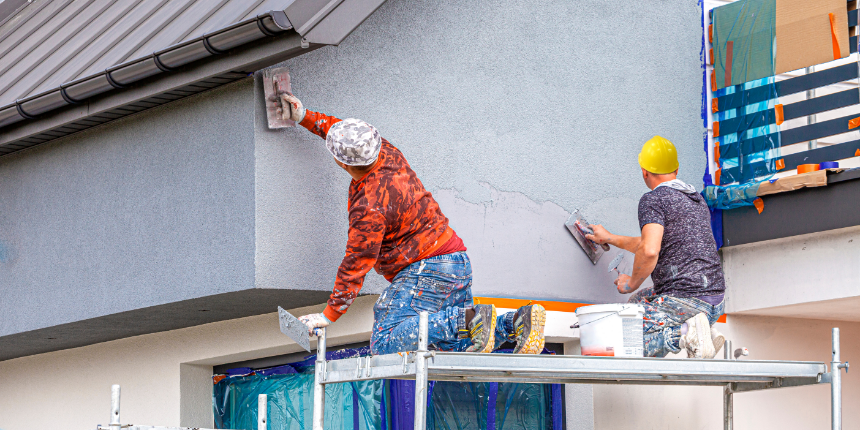
- When cement forms the binding material, the plastering is called Cement Plaster.
- It is a homogeneous mixture of Portland cement, sand, and water that develops strength and provides a durable surface.
- Cement plaster is usually applied in one coat and is best-suited for damp conditions ( bathrooms, etc.)
- The thickness of the exterior plaster coat can be 12 – 15mm or 20mm, depending upon the practical site conditions and type of building.
- The most common proportion ( cement and sand) is a 1:3 or 1:4 Ratio for cement plastering of RCC surfaces.
Note- The cement plaster surface should be kept wet for at least seven days after its application.
3. Gypsum Plaster

- Gypsum is used as a binding material instead of cement or lime in gypsum plaster.
- Gypsum is fire-resistant and offers better insulation against heat and sound. Moreover, it is used for making architectural features and decorative designs on the wall and ceilings.
- The main advantage is it sets and hardens quickly after three days of application and undergoes very small expansion and contraction.
Also Check: Various Types of Brick Masonry used in Construction
4. Mud Plastering
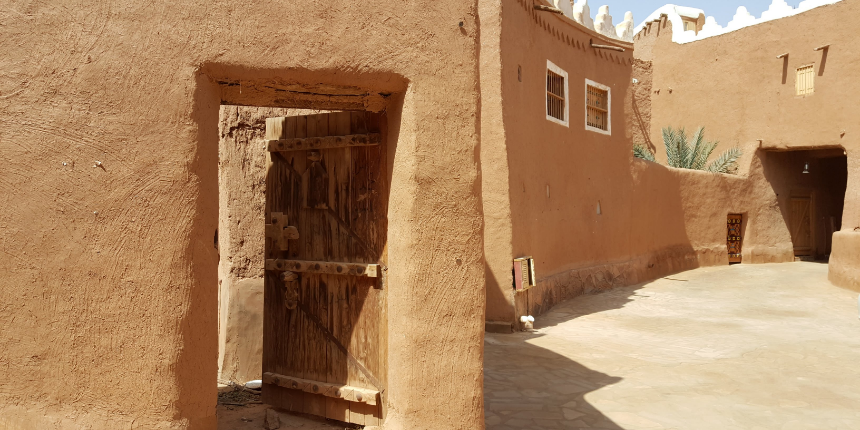
- This plaster is seen in low-cost housing and temporary constructions.
- The mud plaster forms an equal volume of clay, well-tempered brick earth, chopped straw, hay loose soil, and cow dung. All these ingredients are thoroughly mixed and well-flooded with water for at least six days.
- Mud plastering is done in two coats, the first coat being 18mm thick, while the thickness of the second coat is kept at 6mm.
- Mud plastering is the oldest and cheapest form of plastering that is still applicable on a larger scale.
5. Stucco Plastering

- Stucco plaster is a decorative plaster that comprises aggregates, water, and binders and exudes a seamless finish to the surface.
- It is usually laid in three coats ( scratch, brown, and finishing) with a thickness of about 25 mm. Each coat needs to dry completely before applying the next coat.
- It can be used on external and internal walls to cover construction materials, such as, concrete, clay brick, cinder block, and adobe block for an appealing look.
Special Types of Finishing
Plaster Finishing is implied to ensure the evenness of the top surface of the walls and to desire an aesthetic finish. The types of finishing plaster treatments adopted for internal or external surfaces are briefly given below:
1. Smooth Cast
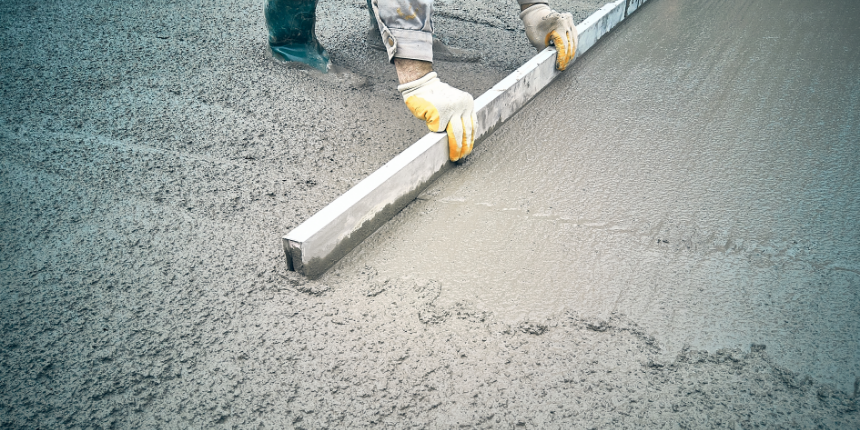
This type of plaster finish presents a levelled and smooth surface. The mortar for the finish is made by the homogeneous mixture of cement and sand in a ratio of 1:3. In addition, it can be applied in one or two coats and finished with a wooden float. Steel floats aren’t recommended for external renderings since they provide a smooth finish and may lead to crazing due to exposure to atmospheric conditions.
2. Pebble Dash

This type of finish uses small pebbles or crushed stones of suitable size after the first coat of plastering. The mortar finish is made by mixing cement and coarse aggregate of a 1:3 ratio with a smooth ability to apply to walls. Moreover, the pebble aggregates are dashed on the coated surface and tapped into the mortar with a wooden float to ensure strength and durability. This plaster finish provides an aesthetic appearance to the structure.
3. Roughcast
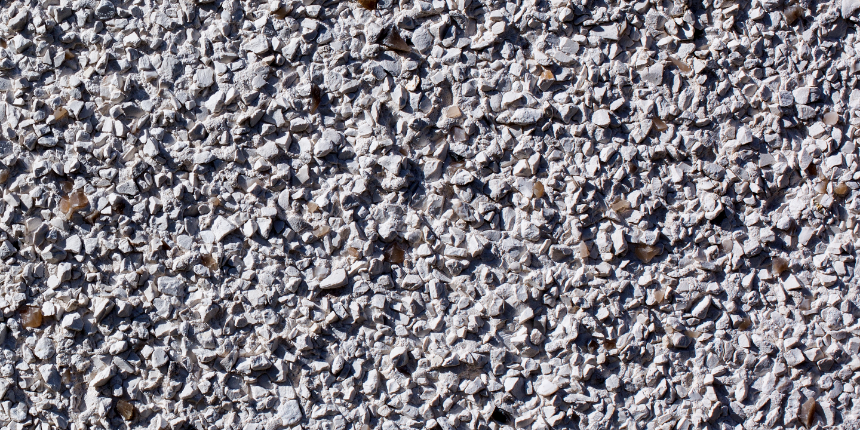
This external plaster is a mixture of gravel and sand and contains a proportion of large-size coarse aggregates. The mortar used for finishing consists of cement, fine sand and coarse aggregate in the ratio of 1: 1/2:3. A large quantity of mortar is scooped by a trowel and splashed on the wall with the help of a wooden float. This finish is waterproof, durable, and resistant to cracking and crazing, suitable for buildings subjected to heavy rainfall and other atmospheric conditions.
4. Texture Finish

A textured plaster finish is procured from stucco plastering and finished with a rough surface to create ornamental patterns produced by working with various tools on the freshly applied final coat. For a textured finish on internal or external surfaces, a mix of sand, cement, lime, and water blends with various additives such as fibres and synthetic acrylics and colouring pigments for a decorative look.
5. Scraped Finish
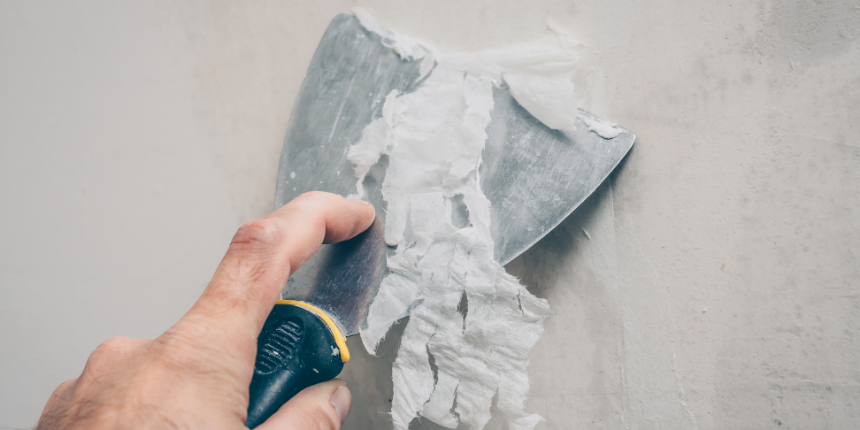
This finishing plaster is implied in the final coat after being levelled, and allowed to stiffen for a few hours. Once it’s set, scrape with a steel straight edge, old saw blade or other tools to expose a coarse-textured finish. This type of finish is less liable to crack and can be obtained by using different tools.
Conclusion
Plastering is a crucial process that eliminates the roughness of concrete or masonry surfaces and gives smooth and elegant finishing. The primary objectives of plastering are to protect the outer surface from atmospheric influences, to conceal defective workmanship and porous materials, and offer a smooth enduring surface for painting.
Contact the experts at Interior Company for all your construction-related queries.
